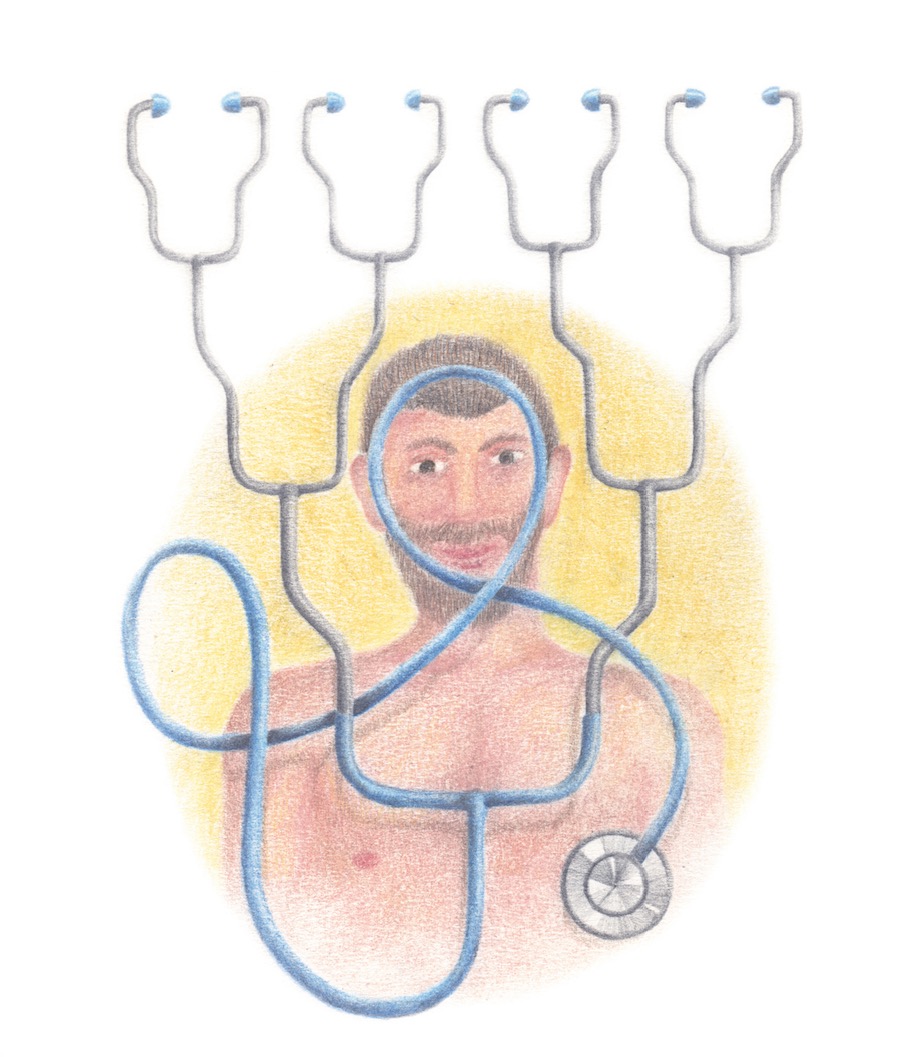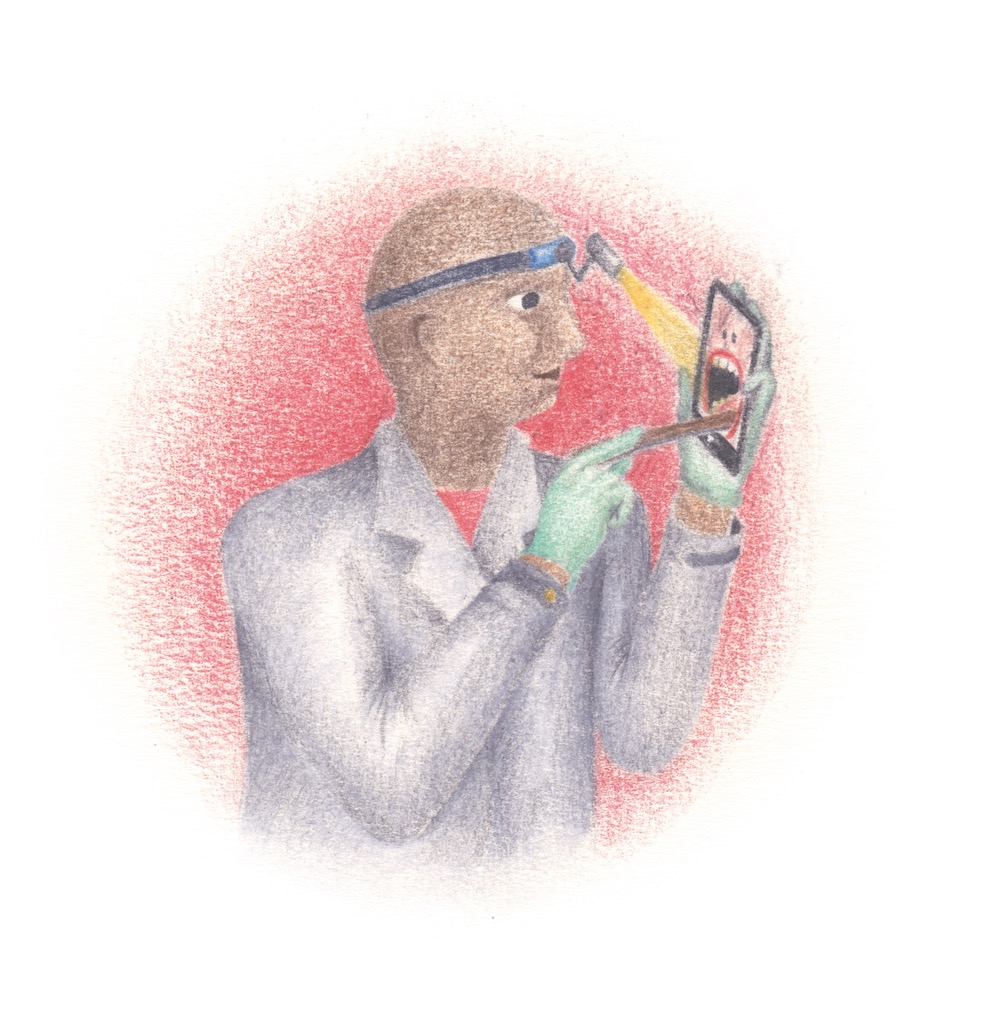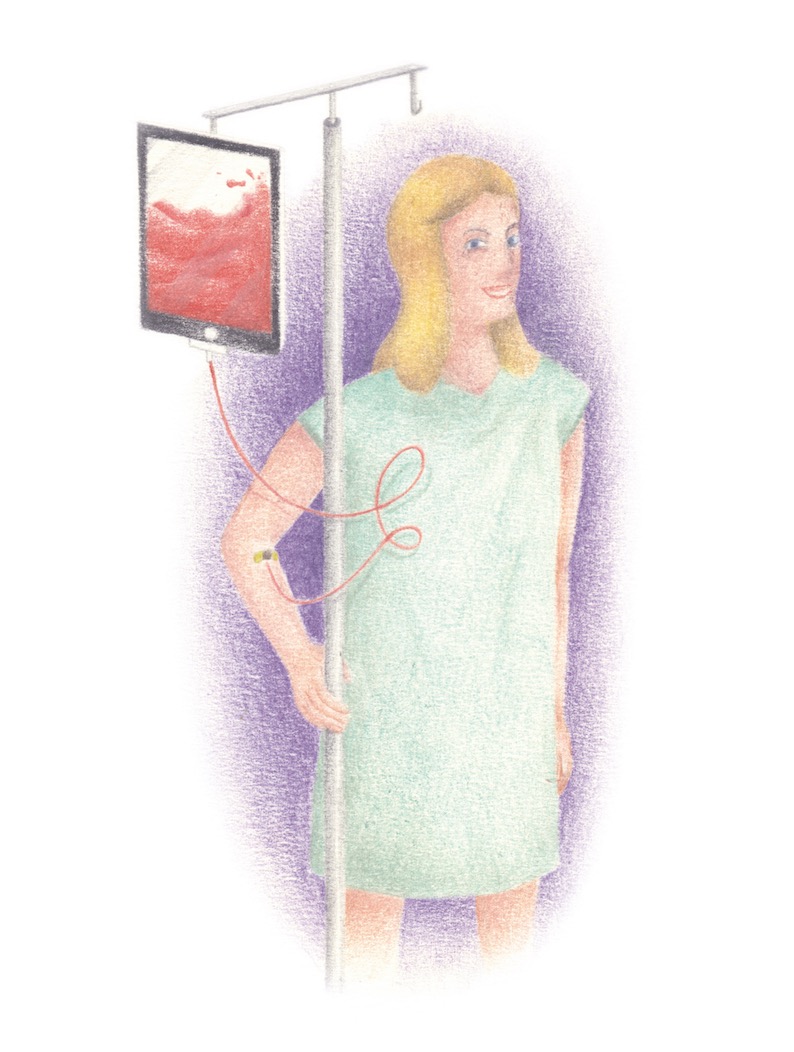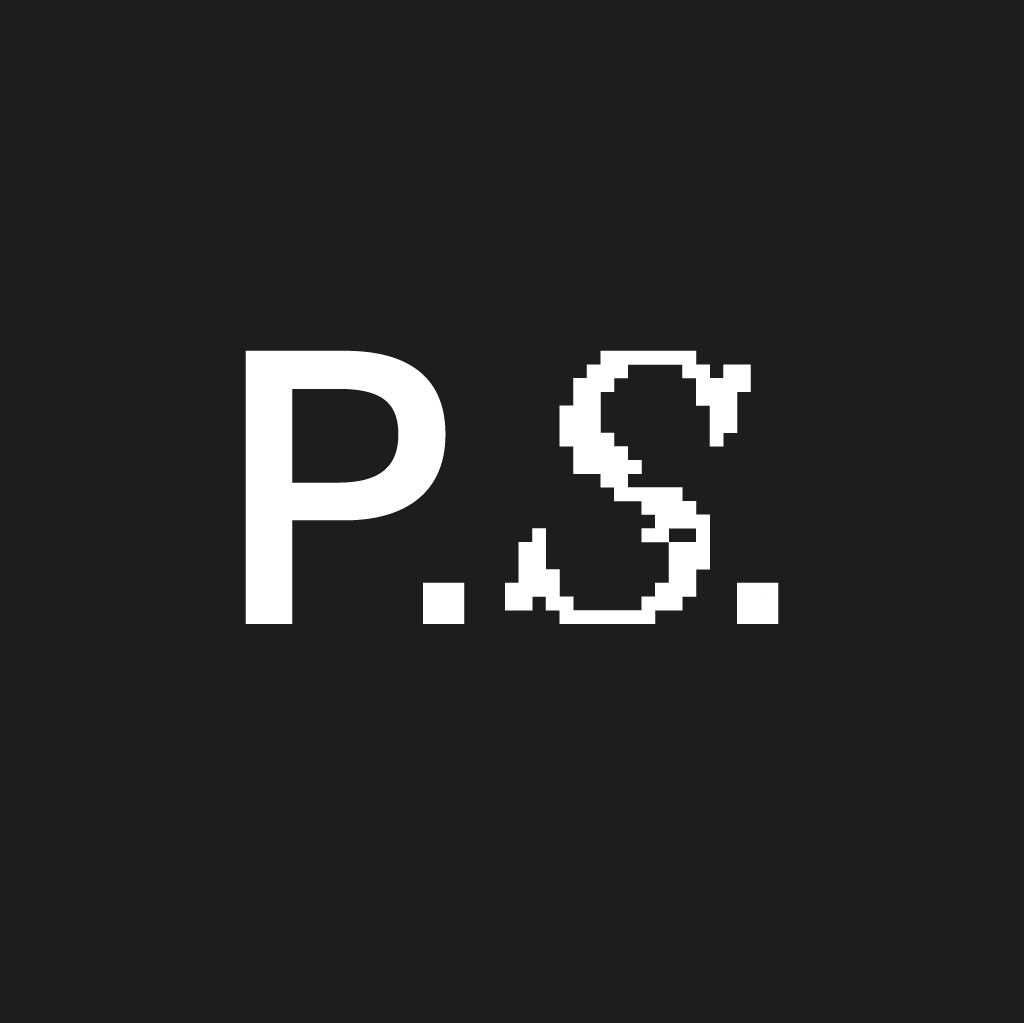Digital Doctor
The doctor will Siri you now. Our smart devices are becoming increasingly essential parts of our day-to-day existence. We trust them with our work and social lives, so why not with our health?

Crowd Diagnosis
Using the power of crowdsourcing platforms and social media, services are popping up that aggregate medical data from millions of users to combat basic medical challenges, as well as creating communities that support each other.
Socialblood is a Facebook-inspired platform that asks people to register by joining one of eight groups that represent different blood types. Friends are invited to join campaigns, post messages in emergencies or respond to blood donation requests. Facebook messages let users know of any appeals. “If my social networking site can notify me about my friend’s birthday, then why can’t
it also tell me that my friend had an accident and needs three units of blood?” asks Socialblood’s founder, Karthik Naralasetty. Socialblood, while still in its infancy, has already saved a three- year-old boy’s life by helping him find blood donors for his heart surgery in less than three hours.
CureTogether is a similar social-focused startup that gives people the tools to create their own research studies about their health and also connect with experts and others who suffer from similar conditions. Launched in 2008, CureTogether began simply as a way to help people who live with chronic pain fight depression and connect with a community. Starting with three conditions, the startup quickly expanded its scope and today has over 25,000 members, who have shared over four million data points on nearly 600 medical conditions.
Crowdsourcing is an increasingly legitimate way to solve problems, and will continue to be a sensible way for people to monitor their health, connect with others to share information, and alleviate pressures from medical systems to solve health issues.
Swallowable Devices
Thanks to devices and apps such as Nike+ and Jawbone UP, people can track and monitor their health using gadgets. Now the technology is going further – so much so, that it’s going inside our bodies. New ingestible devices are being developed to help monitor characteristics such as core body temperature and help doctors to better understand patients’ responses to medicine and treatment.
CorTemp is one of the latest sensor pills on the market. The device consists of a microbattery, quartz crystal, communication coil and circuit board. Once ingested, the silicone-coated sensor vibrates at a frequency relative to the body’s internal temperature and produces a near magnetic field which transmits harmlessly through the body. The information is then sent to a medical professional’s computer. It also empowers patients to monitor their own bodies, and alerts them if their body temperature reaches a dangerous level.
Proteus Digital Health, another high-tech health company, is developing pills that contain tiny sensors. They can communicate vital information about a patient’s medication-taking behaviours and how their body is responding through a digital health feedback system. The pill is intended to benefit not only patients and doctors, but also patients’ families, enabling them to take better care of loved ones with real-time information.
Lee Carbonelli, director of marketing at CorTemp, sees swallowable devices becoming more integrated into patients’ lives. There are growing benefits for hospitals, too, he adds: “Remote monitoring will be effective in managing chronic diseases which will decrease hospital visits and costs.”

Personal Analysis
As the cost of healthcare rises, preventative medicine is becoming a smarter option for both providers and patients. This makes advances in diagnosis technology all the more welcome, where people can find out what is wrong with them before an ailment occurs, using their blood or even their DNA.
23andMe is a DNA-analysis company that specialises in home genetic testing. A customer is sent a spit kit in the post, which is used to collect their saliva sample. Once returned, 23andMe then sends back a report on the different traits and conditions their children might inherit. The company analyses the person’s DNA to assess any conditions they might be at risk of getting, and also provides specific health recommendations. For example, if the analysis discovers a history of Coeliac disease in a customer’s family, they will be alerted to it and also told how to lead a gluten- free diet for preventative means.
Another lab-testing company, Theranos, has a different approach. It offers a service where a thousandth of the volume of a blood or urine sample that’s normally taken from patients can be used to test for disease. The company recently partnered with US pharmacy store chain Walgreens to create special in-store labs for customer testing. Clinicians collect samples from a customer using a special needleless miniature device, providing results in a matter of hours. These advances in technology will help to make diagnosing a disease before a tumour is found or before a cancer spreads far more common, while also reducing the overall rising costs of healthcare.
Remote Controlling
Seeing your GP could soon be as easy as turning on your tablet. Advances in mobile technology are enabling healthcare professionals to connect with patients wherever they may be. It could mean no longer having to get up and out of your sick bed to see your GP, but more pertinently, it could also solve the problem of patient non-compliance, with the World Health Organisation stating that half of all patients with chronic diseases in developed countries don’t follow treatment recommendations. Medical mobile platforms are convenient and likely to be more effective in time and cost, without compromising the level of care patients need.
Sense.ly is a follow-up service for patients that have just left hospital. It communicates with patients to track their recovery and alerts physicians of worsening conditions. The service works through a virtual nurse on a mobile phone who asks patients questions about how they are dealing with their disease, as well as taking vital signs using in-home devices, and reminding them
to take medication. Sense.ly processes this information and then informs the patients’ care team if additional follow-up is necessary.
“The idea is to reduce the amount of time clinicians need to spend with patients day-to-day while being informed of their progress to reduce hospital readmissions and keep patients engaged,” explains Sense.ly CEO Adam Odessky.
Mobius Health is a similar service that connects patients and health providers on its mobile platform. If a healthcare provider uses Mobius Health, patients will pay a low monthly fee to use all of their services. “Medical software is notorious for its poor adoption and difficulty of use,” explains Erin Rokey, Director of Mobius. “We spend a lot of time looking at popular mobile apps ranging from to-do managers to popular games. Our motto: ‘Is it as easy and enjoyable to use as Angry Birds?’ If we can make the experience pleasant for our healthcare provider and patients, then we’re doing it right.”

Even Smarter Phones
Our mobiles can do a lot of things. They entertain us, they educate us and they can now also be an important medical instrument. From urine testing to checking for ear infections, smartphones are physically playing an active role in preventative healthcare measures. And combined with other medical data, devices could provide crucial information for accurate diagnosis and treatment in the future.
Biosense Technologies has developed uChek, a smartphone app that uses a phone’s camera to analyse urine and check for a range of medical conditions. The app works by allowing users to collect their urine and then dip a standard test strip into it, which is supplied with the app. The strip is then placed on a mat which normalises the colours on the stick. The app then analyses which, if any, condition the colour applies to.
Similarly, CellScope is a smartphone device, currently in development, that turns an iPhone into an otoscope – the device doctors use to observe inside the ear. It can be used by both doctors and parents, who can send images to paediatricians for remote diagnosis of their child’s ear infections – potentially saving the millions of visits made to the doctor for this ailment each year.


